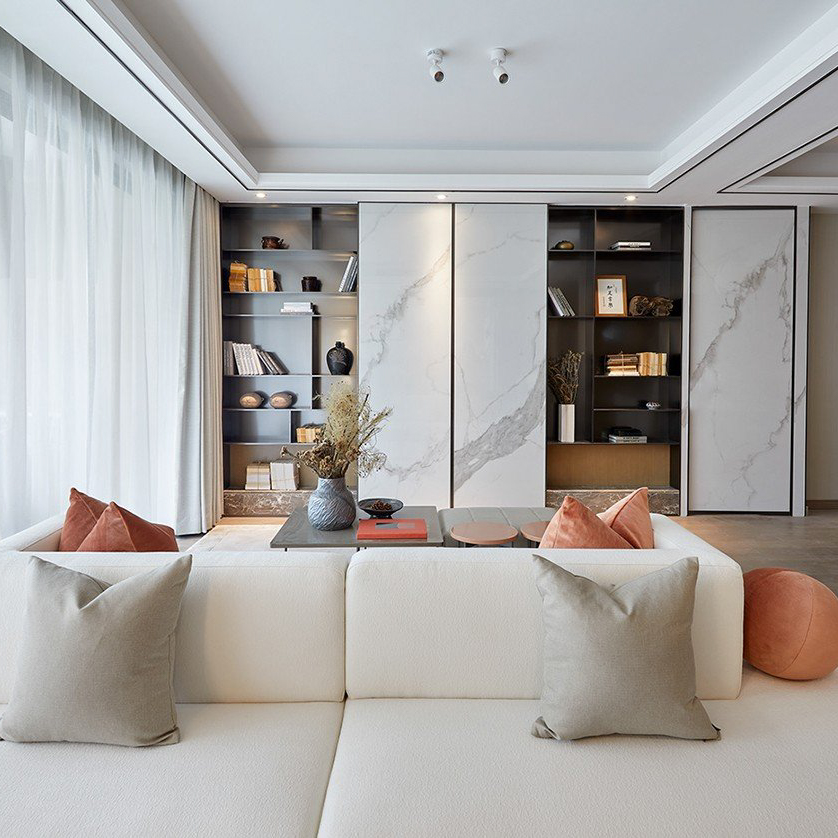The Japanese art of wabi-sabi embraces the idea that beauty can be found in imperfection and impermanence. It celebrates the natural qualities of materials and the passage of time, valuing simplicity, austerity, and a sense of tranquility.
One of the most striking examples of wabi-sabi design can be found in the ceilings of traditional Japanese architecture. These ceilings are often made of unfinished wood, with visible knots, cracks, and other natural imperfections. They provide a visual reminder of the transience of all things, and bring a sense of calm and peacefulness to a space.
In this article, we’ll explore the wabi-sabi ceiling in more detail, examining its history, cultural significance, and unique beauty.
History and Cultural Significance
The wabi-sabi ceiling is a feature of traditional Japanese architecture, which has its roots in the country’s ancient Shinto religion. In Shinto, the natural world is viewed as sacred, and this belief is reflected in the aesthetic of traditional buildings. This aesthetic emphasizes simplicity, austerity, and a connection to the natural world.
The wabi-sabi ceiling is an important expression of this aesthetic. By embracing the natural qualities of wood and other materials, it creates a sense of harmony and balance with the environment. It also serves as a reminder that beauty is not necessarily found in perfection, but in the imperfections and irregularities that make each object unique.
The Beauty of Imperfection
The wabi-sabi ceiling is a testament to the power of imperfection. By embracing the natural flaws and irregularities of wood, it creates a sense of character and warmth that is difficult to achieve with more uniform materials.
In addition to its visual appeal, the wabi-sabi ceiling also has a tactile quality that is deeply satisfying. The texture of rough wood, with its knots, grain, and occasional splinters, creates a sense of connection to the natural world that is both comforting and grounding.
Bringing Wabi-Sabi Design into Your Home
If you’re interested in incorporating wabi-sabi design into your home, there are a few key elements to keep in mind. First, embrace the natural flaws and irregularities of materials. This could mean selecting wood furniture with visible knots and cracks, or using a rough, textured wall finish.
Second, focus on creating a sense of harmony and balance with the natural world. This could mean incorporating plants, using natural light, or selecting colors that evoke the outdoors.
Finally, aim for simplicity and austerity in your design. Rather than cluttering your space with too many objects, focus on a few key pieces that are beautiful, functional, and meaningful to you.
The wabi-sabi ceiling is a striking example of the beauty of imperfection. By embracing the natural qualities of wood and other materials, it provides a sense of harmony and tranquility that is difficult to achieve with more uniform materials.
Whether you’re interested in incorporating wabi-sabi design into your home or simply appreciating its beauty from afar, the wabi-sabi ceiling is a reminder that imperfection can be a source of inspiration and joy.

















